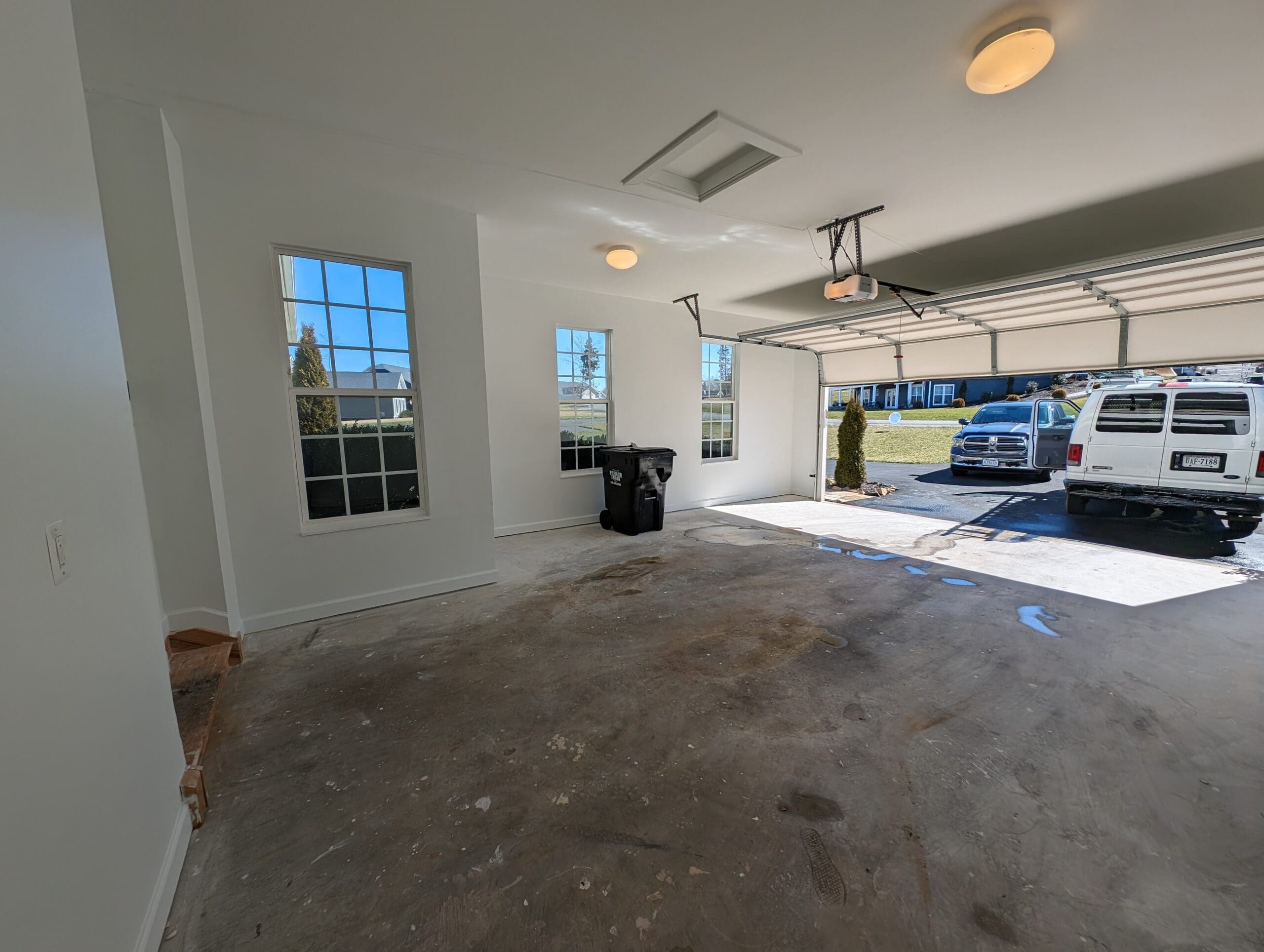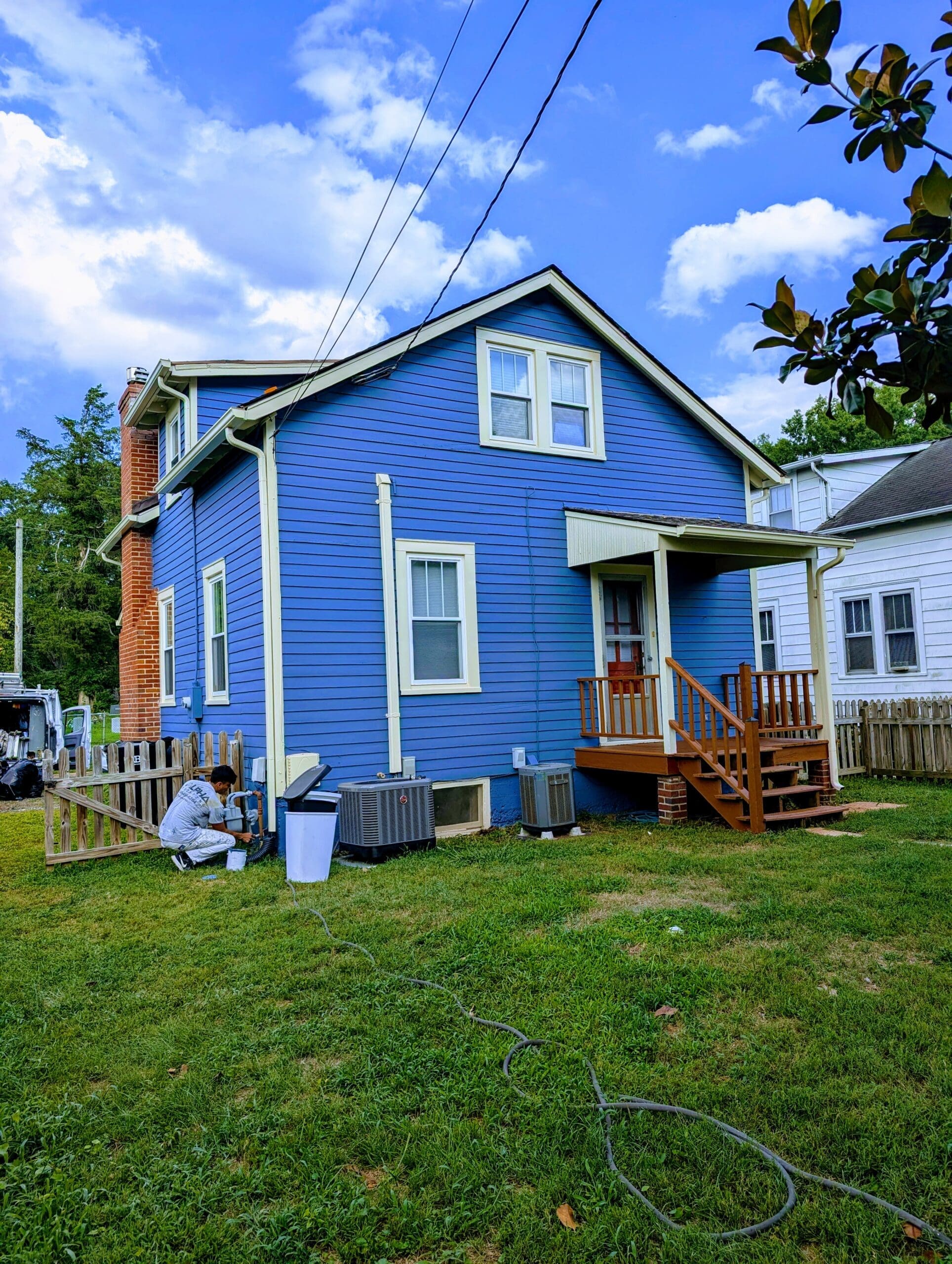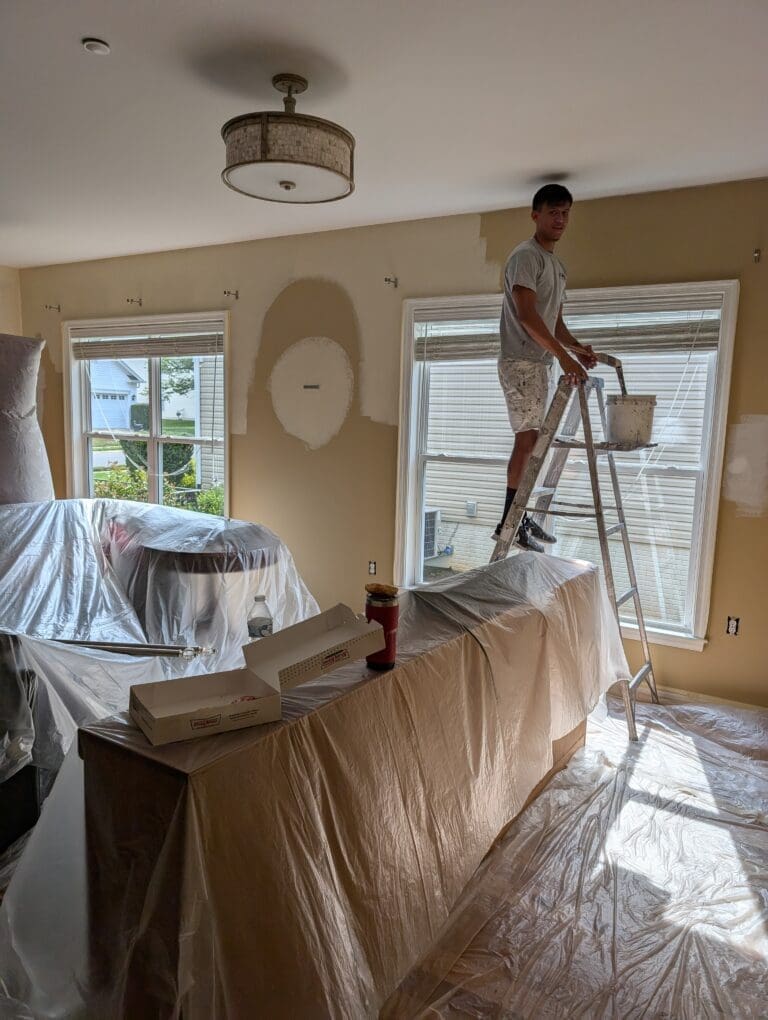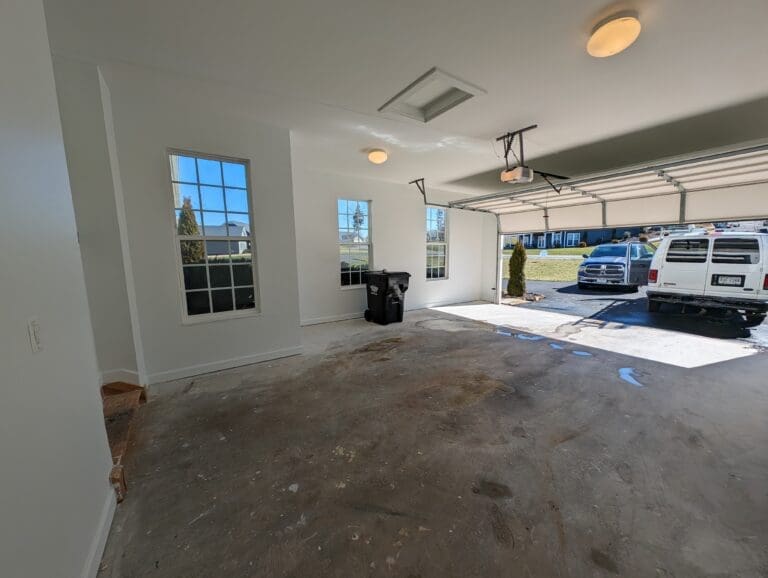Seasonal Painting Tips for Virginia Homes
Maintaining a painted home in Virginia brings a unique set of challenges. With shifting weather patterns and regional humidity levels, each season presents its own array of considerations. That’s why homeowners who want long-lasting results often trust trusted professionals—like us at Alpha Painting LLC. Drawing from years of exterior and interior painting expertise, this guide will walk you through best practices for every season, helping ensure your paint job remains vibrant and durable year-round.
Table of Contents
Spring: Tackling Moisture and Prep
Virginia springs can be unpredictable, combining warming temperatures with frequent rainfall and surprisingly chilly days. Moisture is the enemy of a great paint job, as damp surfaces and high humidity can cause paint to bubble or fail to adhere properly. Before any painting begins, schedule work during a stretch of dry weather and measure surface moisture levels. Pressure-wash your exterior surfaces to remove the winter’s grime, mildew, and loose paint, then allow another full day of drying before priming or painting.
Primers are essential in springtime. Using a high-quality primer seals porous surfaces, enhances adhesion, and ensures the topcoat lasts. On interiors, monitor indoor humidity and run fans or a dehumidifier when painting. Keep windows open when possible to speed the drying process safely. Painting doors, trim, or cabinetry during spring is ideal because moderate temperatures let coatings cure evenly without cracking or sticking—too cold, and drying slows; too hot and fast, risking brush marks.
Summer: Battling Heat and Sunlight
Virginia summers escalate quickly into high temperatures and intense sun exposure. Exterior walls and trim exposed to direct sunlight can heat up to 140°F, causing paint to blister or dry unevenly. That’s why experts recommend painting early in the morning or late in the afternoon, avoiding the midday heat and strong UV rays. Choosing paints with superior UV resistance helps retain color and sheen.
Interior painting during summer allows for easy ventilation, but ventilation alone isn’t enough when outdoor humidity soars. Keep air conditioning set between 65°F and 75°F and run fans to maintain air circulation. Avoid painting during heatwaves; blistering and peeling are common when paint cures too rapidly. Window sills and trim deserve special attention, as warped wood worsened by humidity might need repairs before painting. Investing in moisture-resistant coatings is a wise decision for bathrooms, kitchens, and utility spaces during summer.
Fall: Preparing for Cold and Damp
Fall brings the calm opportunity to prepare your home for winter. Cooler air and decreasing humidity levels make this season great for large exterior painting projects—so long as temperatures remain above 50°F during work hours. Falling leaves and debris create extra prep needs, so clear them promptly from surfaces and gutters. Assess for wood rot or mildew before painting, especially in shaded or moist areas.
Fall’s mellow conditions allow for slow paint drying, which means fewer brush strokes and even finishes. But over-application of thick coats can still cause sagging or runs. Apply paint in two moderate thin coats, letting the first dry thoroughly before layering. For interior work during fall, painting exposes walls to cold drafts; maintain indoor temperatures around 60°F and turn on the heat if necessary. Painting areas like hallways, bedrooms, or living rooms in fall gives professionals enough time to address minor cracks and prepare the home for winter insulation needs.
Winter: Strategic Interior Refresh
Winter in Virginia rarely reaches extremes, but it still demands thoughtful planning when painting. Exterior work is almost always off the table unless you use special cold-weather materials. On the interior, dry air from heating systems can speed up drying times but also pose issues like lint sticking to wet paint. Clean heating vents, change furnace filters, and aim for indoor humidity around 30 to 40 percent to keep coatings smooth and avoid clumping.
Choosing paints with high build and flow properties gives a rich, durable finish in cooler temperatures. Painting boldly colored feature walls during winter warms rooms visually and creates a cozy atmosphere. Scheduling interior projects during holiday downtime is also smart—just prepare for furniture and décor to be temporarily moved. As always, watch out for drafts and seal windows and doors before painting to maintain consistent temperatures.
Choosing the Right Paint Across Seasons
Selecting the proper paint formula is critical in Virginia’s climate. Exterior paints should be 100 percent acrylic latex with UV stabilizers, mildew inhibitors, and flexibility to handle the humidity swings that come with summer and winter. Sherwin-Williams Emerald and Benjamin Moore Aura are industry-trusted options offering top-level performance and color retention.

Interior paints come in a range of sheens: flat, eggshell, satin, semi-gloss, and gloss. High-traffic areas benefit from satin or semi-gloss because they resist wear and clean easily. Historically accurate trim and moldings shine under gloss finishes, adding brightness in limited natural light during fall and winter. Low- or zero-VOC variants are ideal for interior work, especially when painting occupied rooms in spring or summer; these reduce odors and improve indoor air quality.
Essential Prep Work for Year-Round Success
Consistent preparation ensures a quality paint outcome, no matter the season. In every case:
- Clean surfaces thoroughly. Dirt, mildew, chalk residue, and dust prevent proper adhesion.
- Repair damage. Address rotten wood, holes, cracks in trim or drywall before painting.
- Sand and degloss. Sand glossy trims and doors to help paint stick; remove old peeling layers.
- Prime properly. Use spot priming on repairs or bare wood, and consider full-surface primer for drastic color changes.
Devoting time to prep—and not skipping any step—greatly increases paint performance in harsh summers or cold winters.
Timing Your Paint Projects
Timing ensures long-lasting results. For exterior projects, late spring and early fall offer mild temperatures, balanced humidity, and minimal precipitation—ideal for surface work and applying both primer and finish coats. Aim to start between mid-April and early June, or mid-September to mid-October.
Interior projects can take place any time of year but require different considerations. Painting in fall or winter lets homes dry and stay sealed against cold drafts once complete. Spring and summer are better suited for rooms with good airflow since odors clear faster. Large-scale home renovations that include painting are often most seamless when coordinated during milder seasons to control temperature and humidity.
Trim, Doors, and Accent Work
Trim and doors often get overlooked yet provide an outstanding opportunity to showcase craftsmanship. Properly painting these elements requires careful sanding, priming, and coating. Wood trim can expand and contract significantly with seasonal changes; using high-flexibility paints prevents cracking and improves adhesion. Gloss or semi-gloss finishes highlight detail and facilitate wipe-down cleaning year-round.
To reduce visible overlap lines, apply two thin coats and lightly sand between applications. Choosing lighter trim and off-white tones reflects natural light, brightening interior spaces during shorter winter days. On exterior doors, select a high-quality weather-resistant exterior paint with UV protection to minimize fading and material degradation.
Maintenance Between Major Paint Jobs
Since an entire repaint may be needed every 7 to 10 years, homeowners should still perform occasional touch-ups and inspections. Each spring or fall, walk the perimeter checking for flaking, chipping, or mildew. Wipe down and scrape as needed, then apply touch-up paint to prevent water damage. Keeping gutters clean and repairing caulking around windows and doors reduces moisture infiltration.
Portrait projects, like accent walls or trim refreshes, typically cost less and can be completed in a day or two. Doing interior touch-ups when temperatures and humidity are moderate ensures new coatings blend well. Exterior spot-painting is best done during seasonal windows—dry springs or cool falls—to allow paint to cure fully.
When to Call the Pros
Some jobs benefit from professionals due to scale, complexity, or seasonal urgency. Steep roofs, multi-story homes, lead-paint abatement in older structures, or extensive wood rot demand specialized equipment and safety protocols. Exterior sanding and scraping create lead dust on homes built before 1978, requiring EPA-trained contractors for safe remediation.
Painting under tight seasonal deadlines also benefits from experienced crews. Professionals can mobilize quickly during optimal spring or fall weather and handle large surface areas efficiently. Interior jobs in occupied homes often call for careful planning around furniture, odors, and ventilation—one more reason trusted specialists can deliver superior results.







